My hand hovered over the trackpad as I contemplated the repercussions of the impending decision: to buy a plane ticket to Australia or not? It was Thanksgiving 2011, my second year as a PhD student, and I had been invited to film an interesting field experiment on rip currents down under. The ticket cost about a thousand bucks and I was broke. And to make matters worse, the experiment was only a few weeks away and I had a final project due in my hydrodynamic modeling class that I hadn’t started. I’m a pretty practical person and my inner adult was vocalizing a very rational argument for not buying this ticket. In fact, the debate was completely one-sided. This made no sense whatsoever. I clicked “buy” and went to bed.
My hand hovered over the trackpad as I contemplated the repercussions of the impending decision: to buy a plane ticket to Australia or not? It was Thanksgiving 2011, my second year as a PhD student, and I had been invited to film an interesting field experiment on rip currents down under. The ticket cost about a thousand bucks and I was broke. And to make matters worse, the experiment was only a few weeks away and I had a final project due in my hydrodynamic modeling class that I hadn’t started. I’m a pretty practical person and my inner adult was vocalizing a very rational argument for not buying this ticket. In fact, the debate was completely one-sided. This made no sense whatsoever. I clicked “buy” and went to bed.
I’m a sucker for metaphors and a lot of what we do at Waterlust feels like jumping into the unknown and hoping we don’t fall on our faces. Lake Michigan, 2017.
In a lot of ways Waterlust was born in that moment and grew through a sequence of similarly irresponsible decisions in the years that followed. Our concept in those early days was equal parts vague and ambitious - the conventional methods of communicating ocean science to the general public was boring, lacked creativity, and ineffective and I wanted to start “something” that fixed it. I had recently discovered a love of videography and with the advent of low cost, high-definition digital cameras, making videos about science seemed like a reasonable start. That December, I traveled to Australia with 4 borrowed GoPros and made my first science video….and I loved every minute of it!
In a lot of ways Waterlust was born in that moment and grew through a sequence of similarly irresponsible decisions in the years that followed. Our concept in those early days was equal parts vague and ambitious - the conventional methods of communicating ocean science to the general public was boring, lacked creativity, and ineffective and I wanted to start “something” that fixed it. I had recently discovered a love of videography and with the advent of low cost, high-definition digital cameras, making videos about science seemed like a reasonable start. That December, I traveled to Australia with 4 borrowed GoPros and made my first science video….and I loved every minute of it!
My first filming equipment consisted of four borrowed GoPros, some accessories and a microphone. Packing up for Australia, December 2011.
My first filming equipment consisted of four borrowed GoPros, some accessories and a microphone. Packing up for Australia, December 2011.
My first science video covered a rip current hydrodynamic experiment in Australia hosted by the University of New South Wales. You can read the paper here. I tried to capture the work that was being done in the field while also summarizing the findings from years of rip current research.
That first video taught me a lot about the challenges of telling the story of emerging research. The urge to over-simplify the complex is strong and is often fed by this feeling that the “average person” neither possesses the intellectual chops nor the attention span to understand topics that are complicated. I think this is why conventional media outlets often boil a story down to a few key points, stripping it of intricacy and the very parts that make it fascinating. But to be fair, I’m a nerd, so I must also consider the flip side, that most people might not have the appetite, interest or free time to take deep dives into research stories.
If we want to engage a broad audience on complex subjects, we have to find the right balance between entertainment and doing the science justice. Its been eight years since I made that first video in Australia, and I still grapple with this tug-of-war.
That first video taught me a lot about the challenges of telling the story of emerging research. The urge to over-simplify the complex is strong and is often fed by this feeling that the “average person” neither possesses the intellectual chops nor the attention span to understand topics that are complicated. I think this is why conventional media outlets often boil a story down to a few key points, stripping it of intricacy and the very parts that make it fascinating. But to be fair, I’m a nerd, so I must also consider the flip side, that most people might not have the appetite, interest or free time to take deep dives into research stories.
If we want to engage a broad audience on complex subjects, we have to find the right balance between entertainment and doing the science justice. Its been eight years since I made that first video in Australia, and I still grapple with this tug-of-war.
I think telling a great science story is all about balance (I told you I love metaphors!). If we focus too much on technical stuff, things start getting dry. If we focus too much on making it entertaining, the message can get diluted. It’s all about walking the line between the two. Lost in Wyoming, 2017.
Since our first year, Waterlust has zigged and zagged as a science communication company, focusing early on digital storytelling and later blossoming into an environmentally responsible clothing brand. Switching our focus to apparel was another blind leap, one that our lead designer Laura Graham will explore in a future post here on the blog. But the idea of using what you wear as a canvas to communicate science had the potential to impact so many people, so we closed our eyes and jumped. Throughout our wanderings, whether producing videos or designing clothing, our ultimate focus has stayed the same: to bring the world of ocean science to you in creative ways.
Since our first year, Waterlust has zigged and zagged as a science communication company, focusing early on digital storytelling and later blossoming into an environmentally responsible clothing brand. Switching our focus to apparel was another blind leap, one that our lead designer Laura Graham will explore in a future post here on the blog. But the idea of using what you wear as a canvas to communicate science had the potential to impact so many people, so we closed our eyes and jumped. Throughout our wanderings, whether producing videos or designing clothing, our ultimate focus has stayed the same: to bring the world of ocean science to you in creative ways.
On most of our projects I look like this, hovering over equipment and experimenting with perspectives. Prepping an ROV to explore the caves of the Floridan Aquifer, 2015.
Internally our team has debated whether we should start a blog or not for years, with “what would we write?” as a common sticking point. And while we try to define the specific scope of a project before we pursue it, sometimes you just need to buy the plane ticket and get going. So today, I’m happy to announce the official birth of the Waterlust Blog, a space where we will explore the inner workings of our business, share behind the scenes stories of our work with the marine science community, and anything else we feel like writing about. If you have any suggestions, let us know in the comments below!
Internally our team has debated whether we should start a blog or not for years, with “what would we write?” as a common sticking point. And while we try to define the specific scope of a project before we pursue it, sometimes you just need to buy the plane ticket and get going. So today, I’m happy to announce the official birth of the Waterlust Blog, a space where we will explore the inner workings of our business, share behind the scenes stories of our work with the marine science community, and anything else we feel like writing about. If you have any suggestions, let us know in the comments below!
Patrick Rynne is the CEO and Founder of Waterlust.
PhD in marine physics and a masters in Ocean Engineering. Hates spreadsheets but is learning to live with them. Avid kiter, sailor, surfer and teller of stories. Frequent wearer of flip flops in socially inappropriate settings.

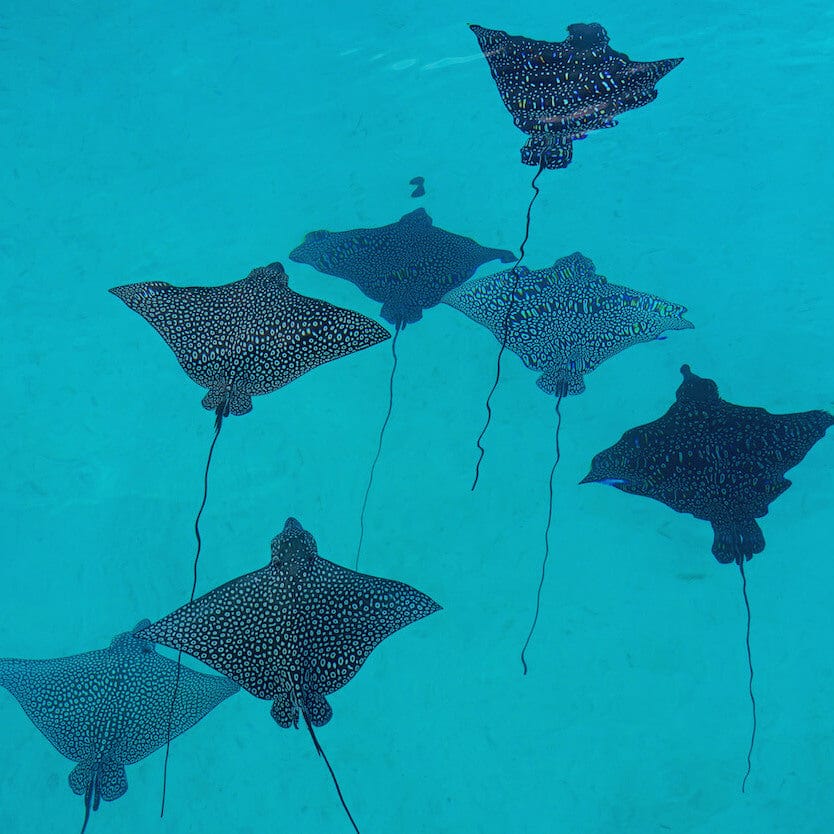
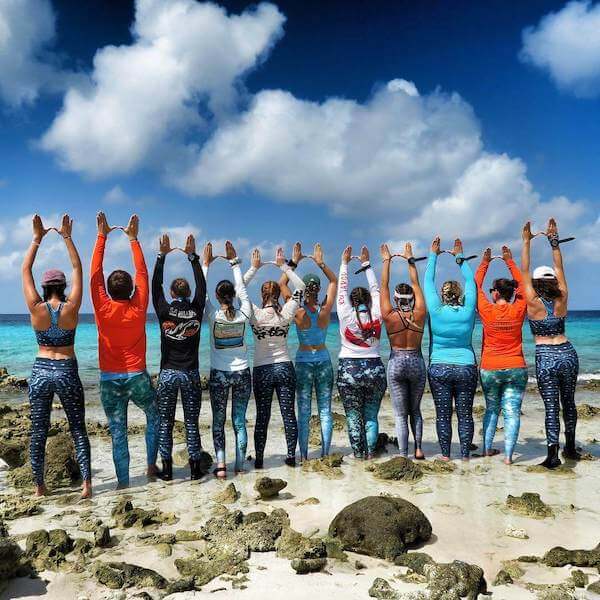
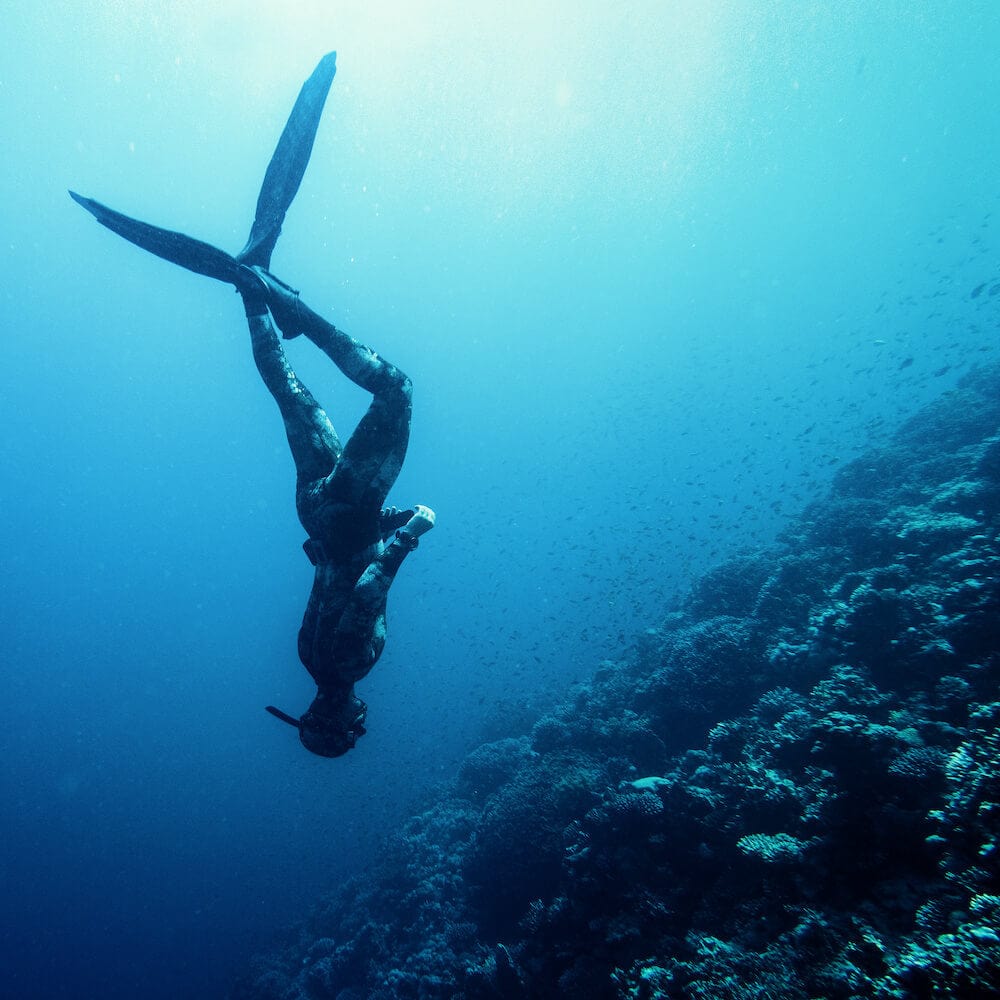
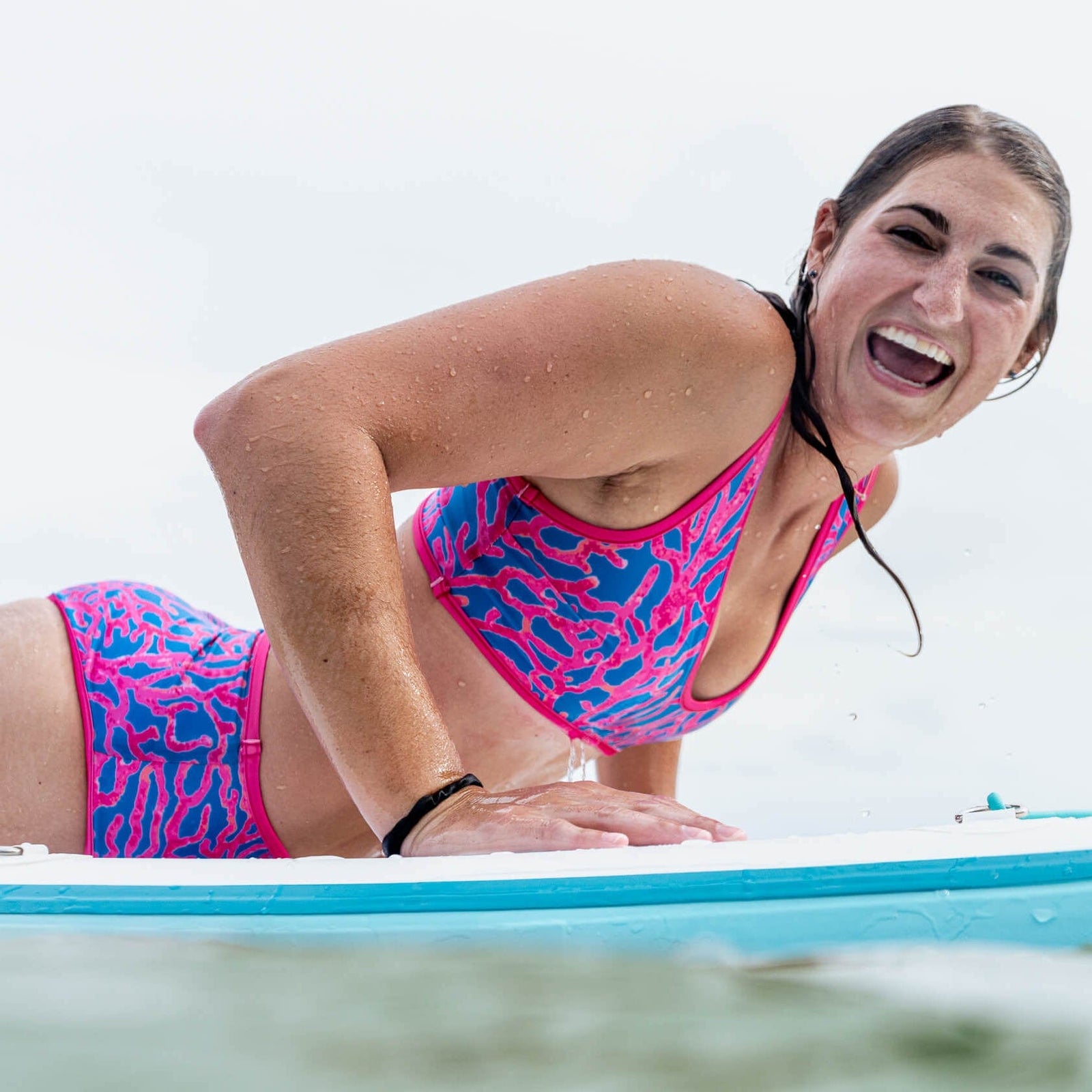
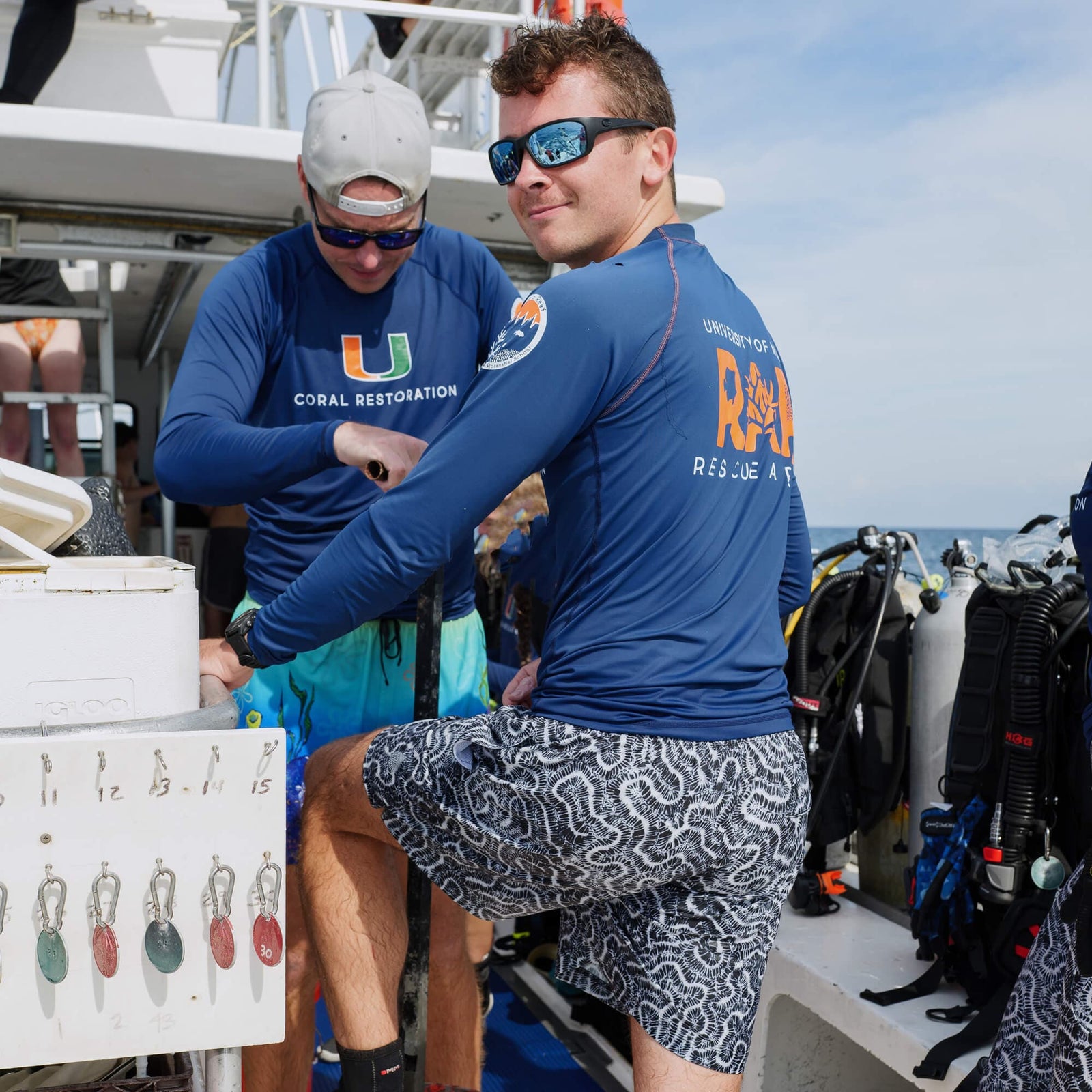
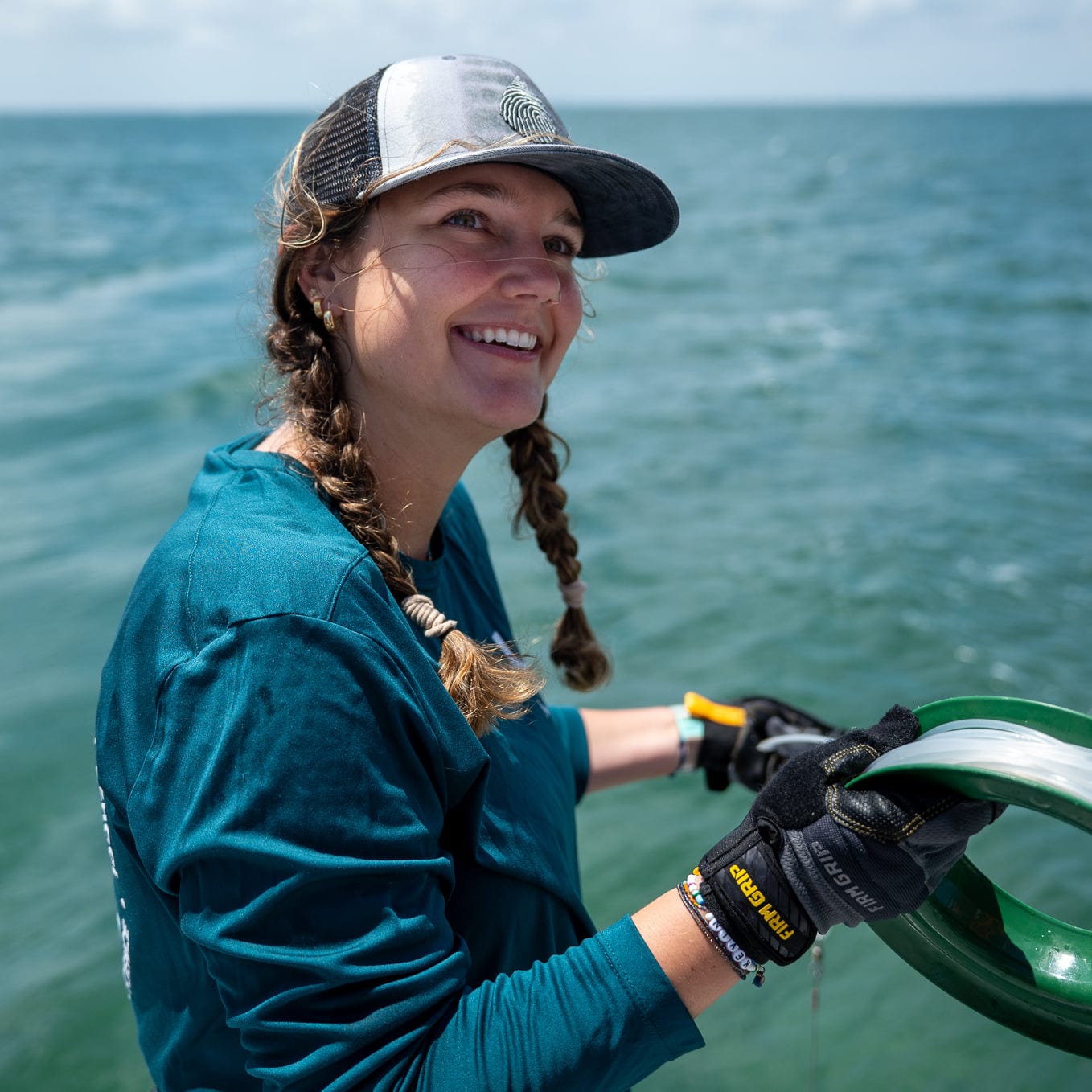

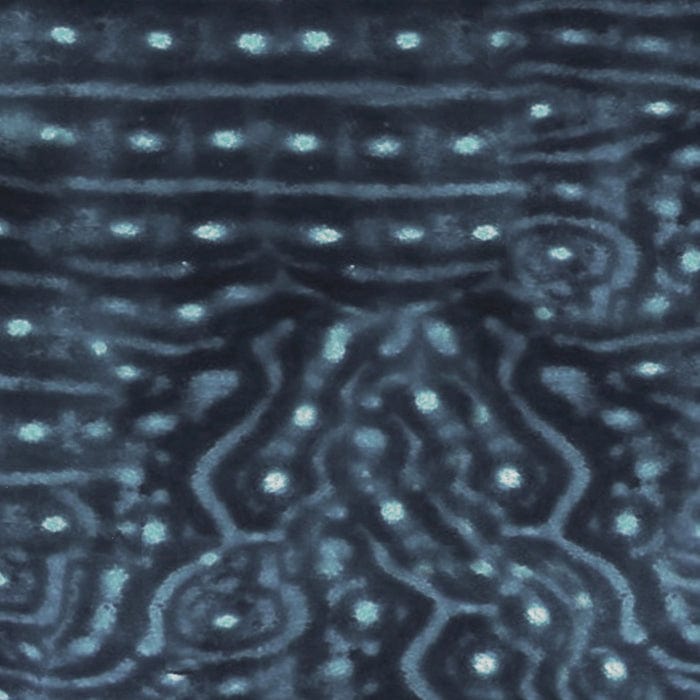
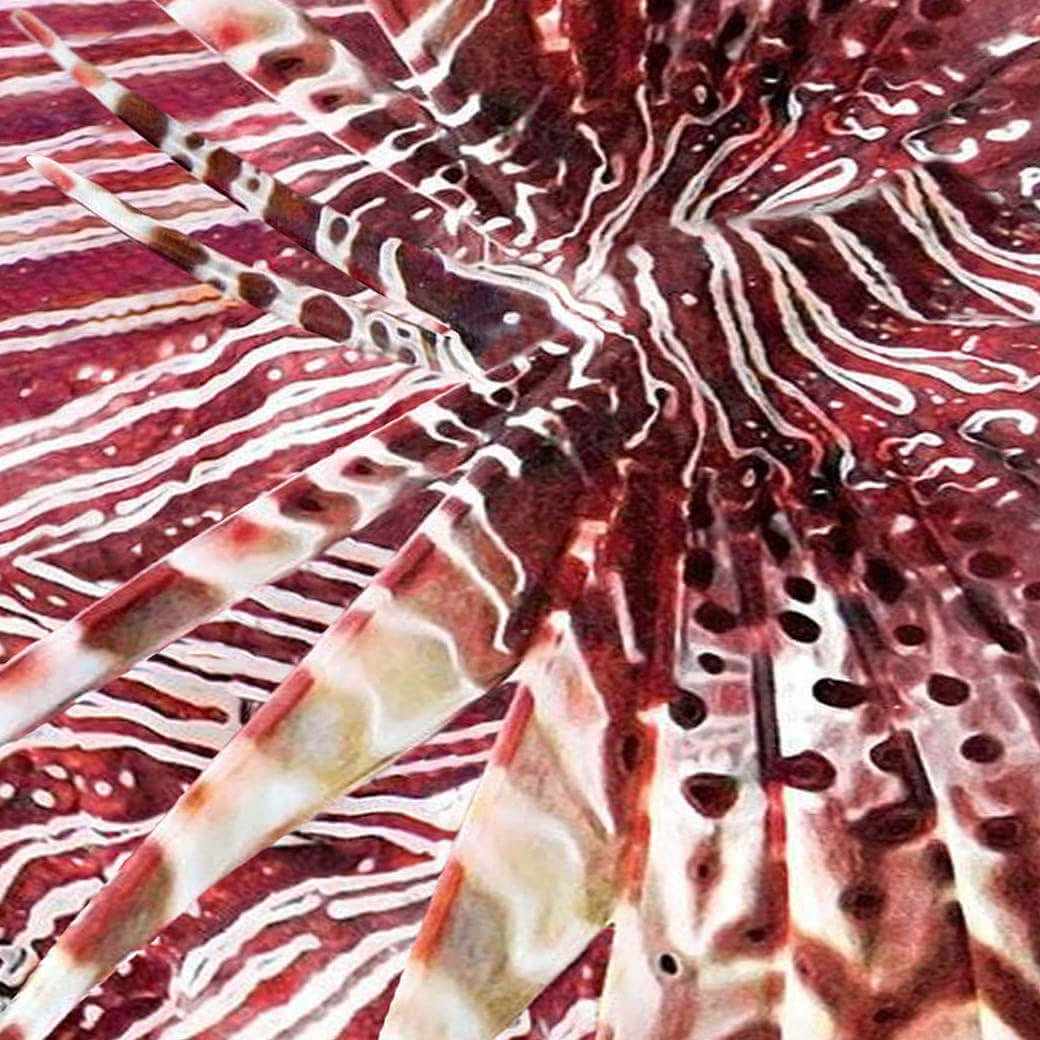
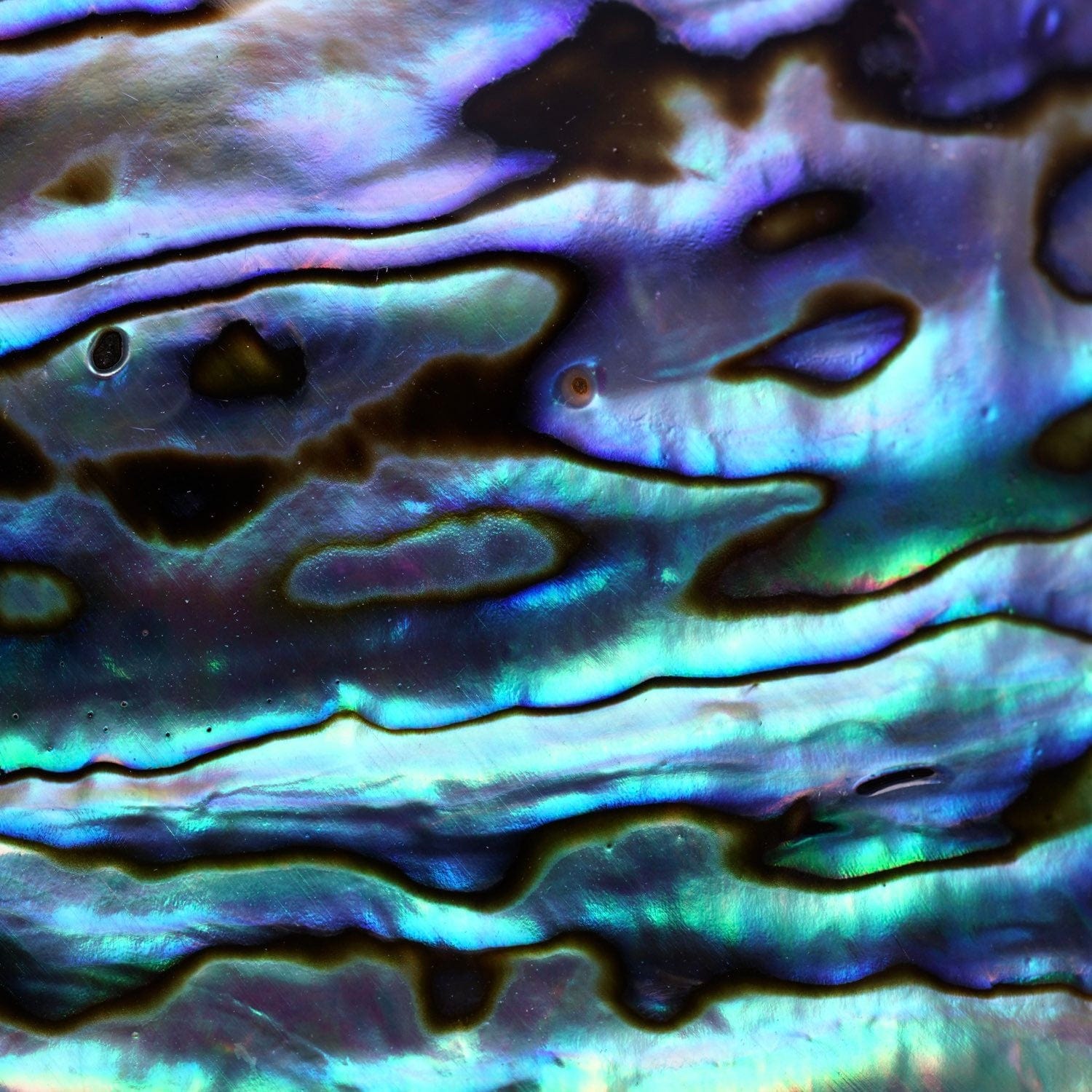
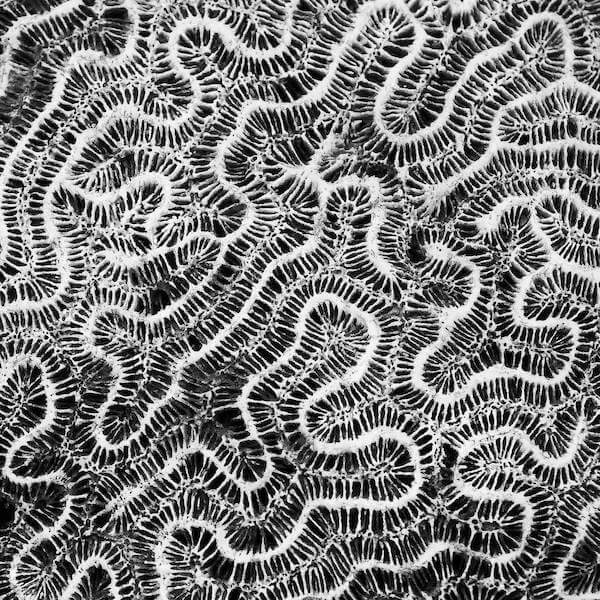
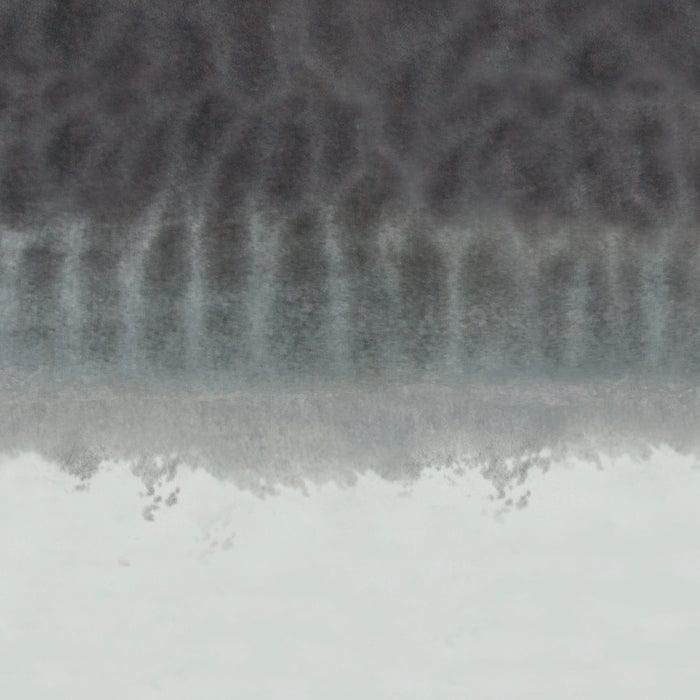
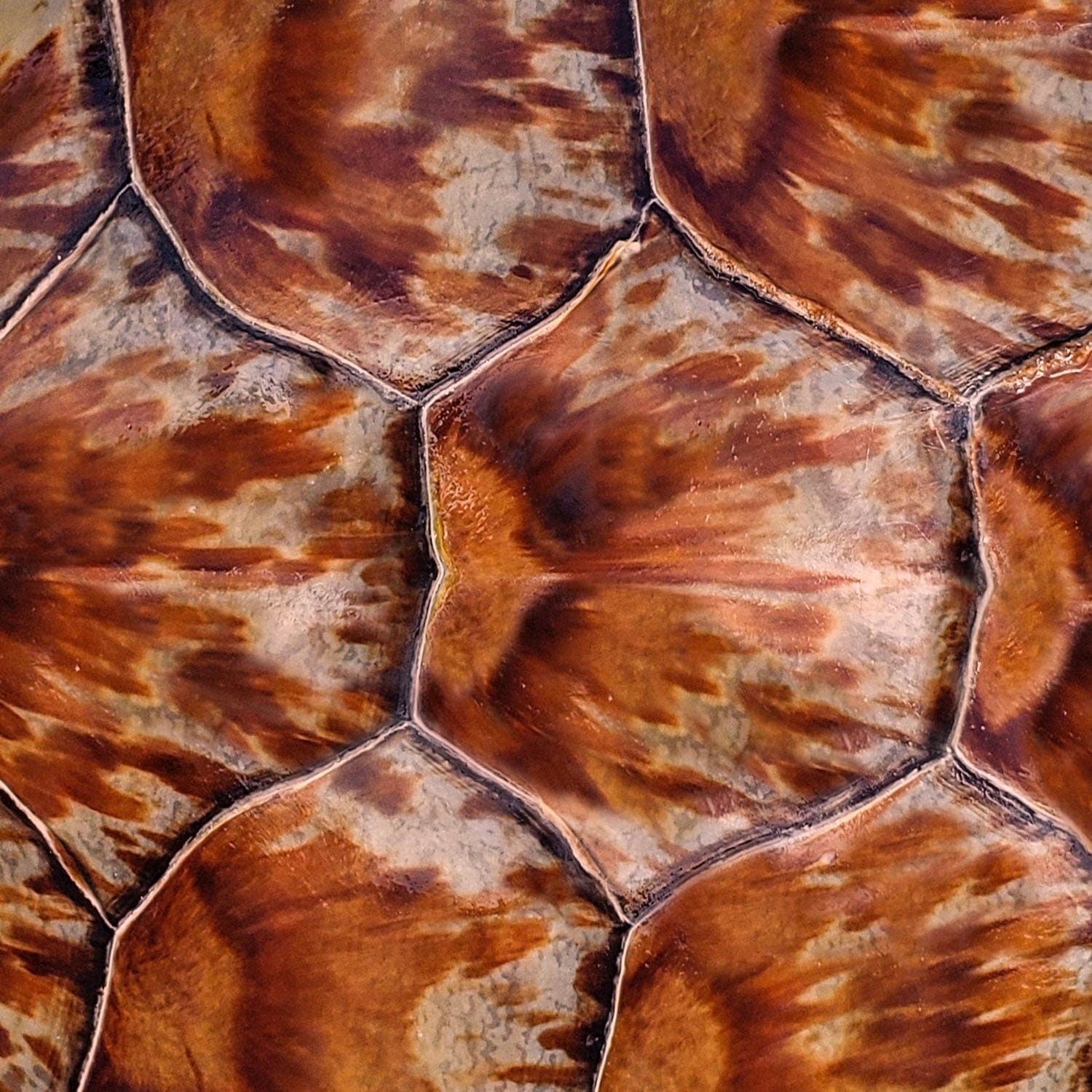
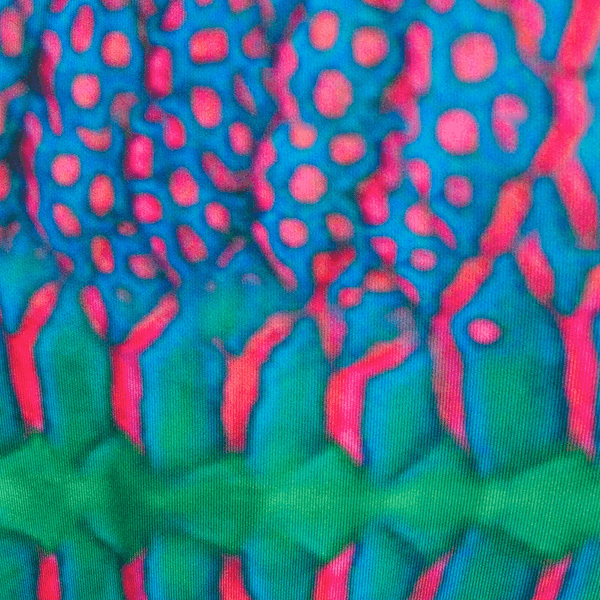
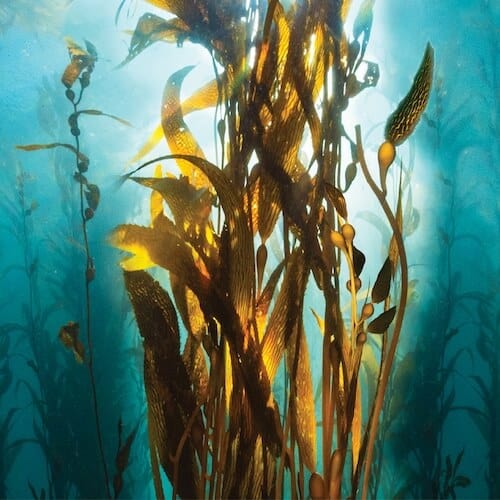
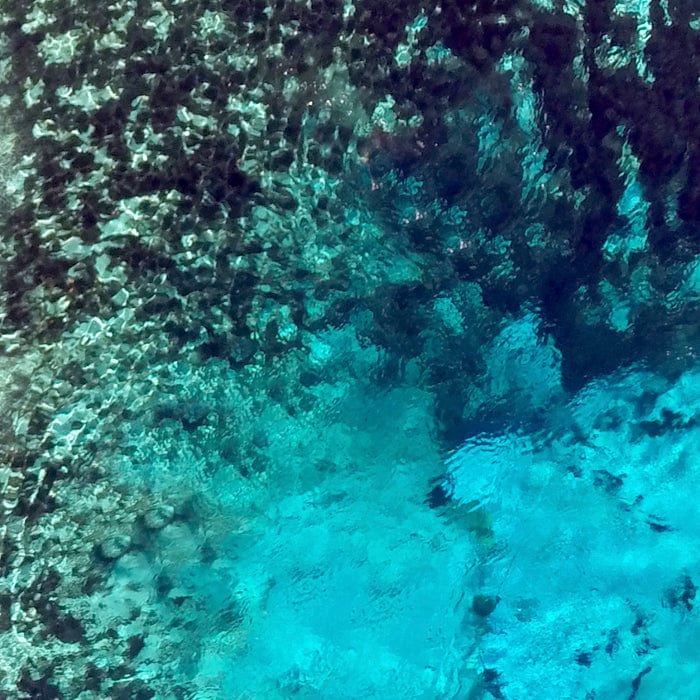

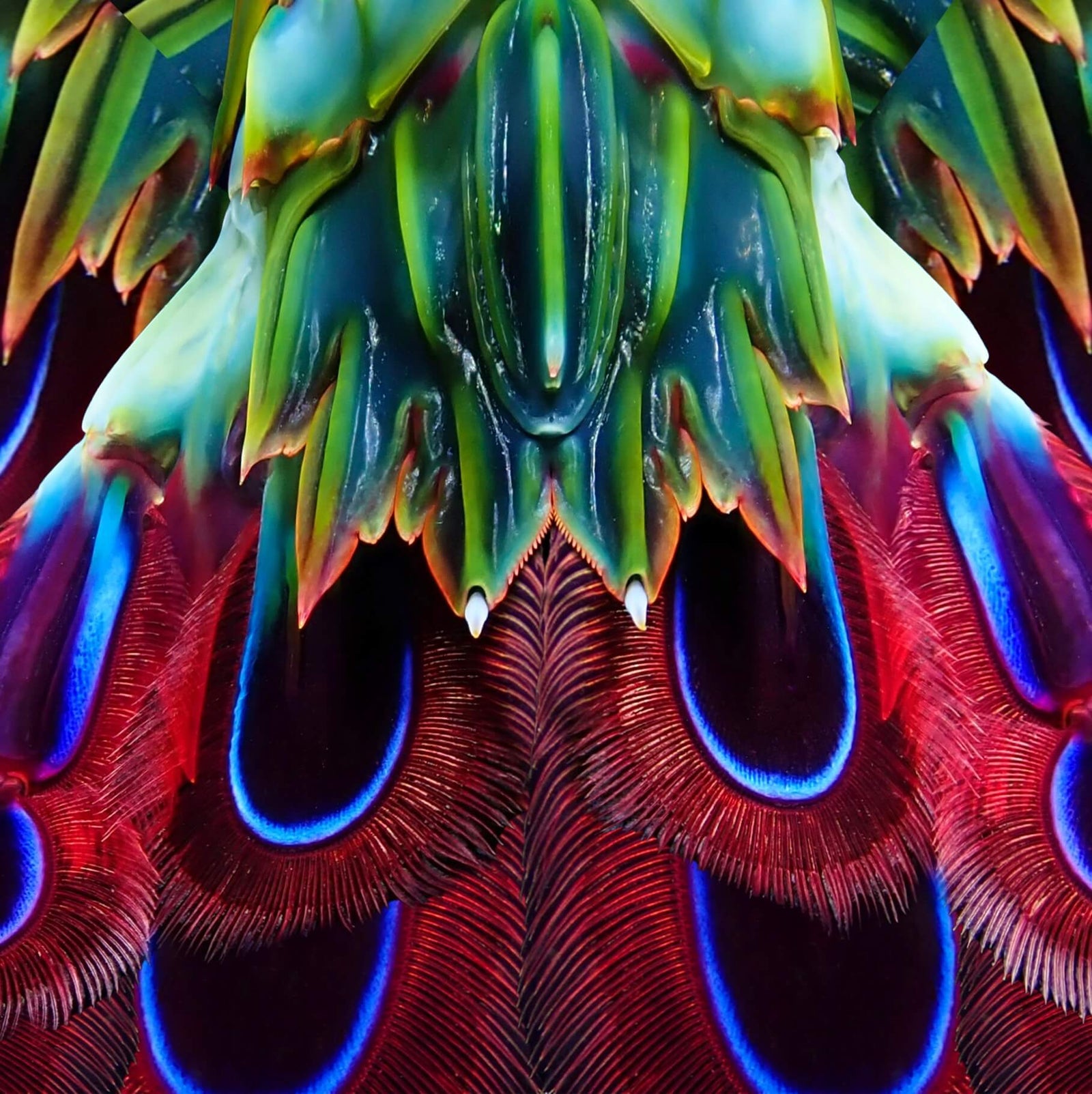
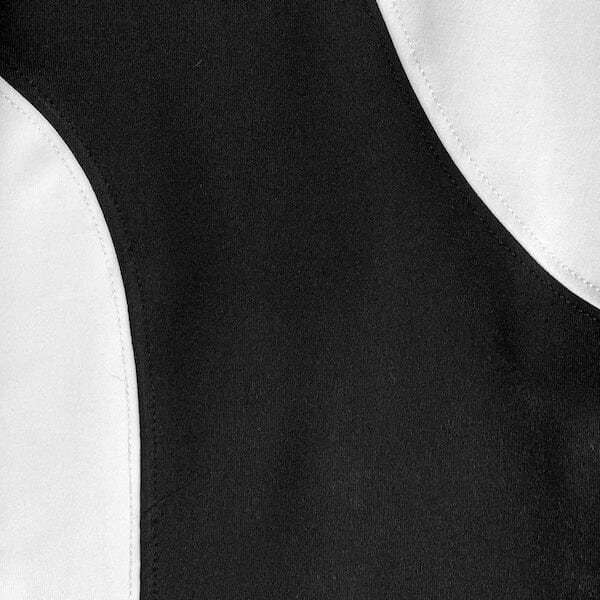
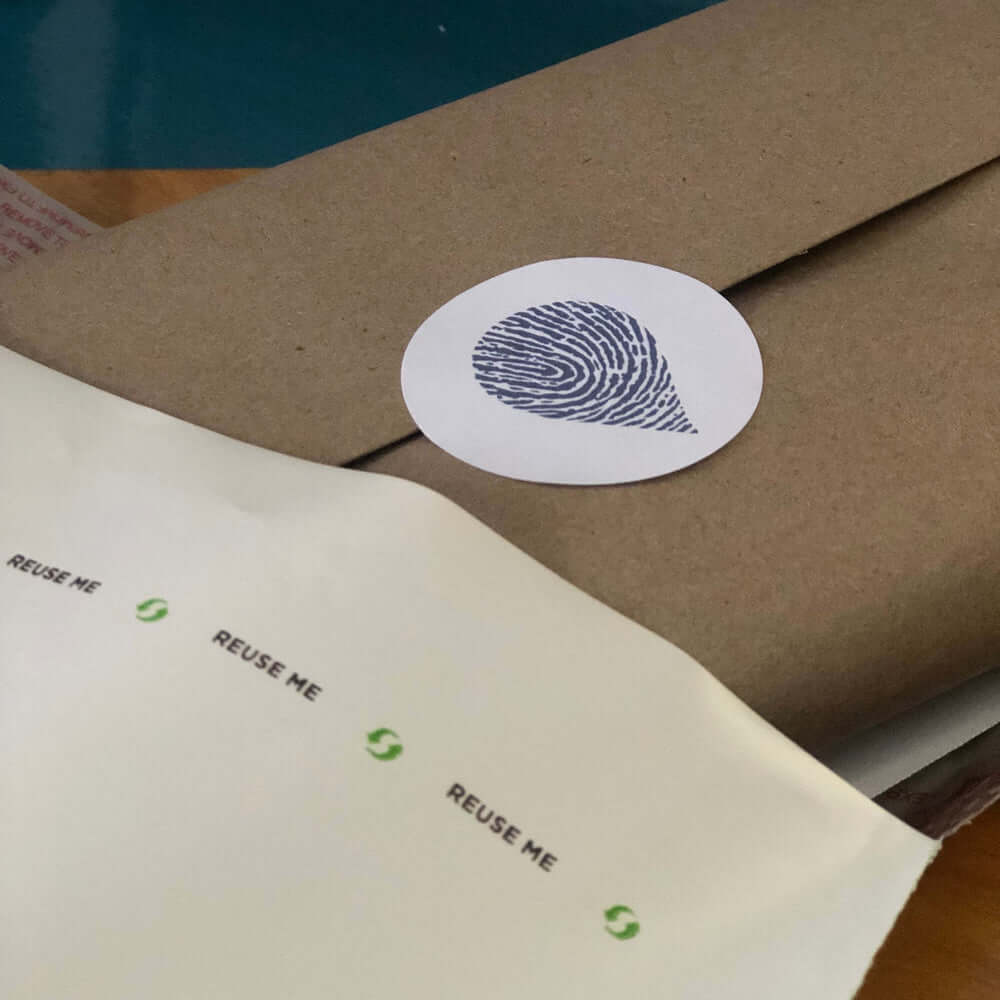
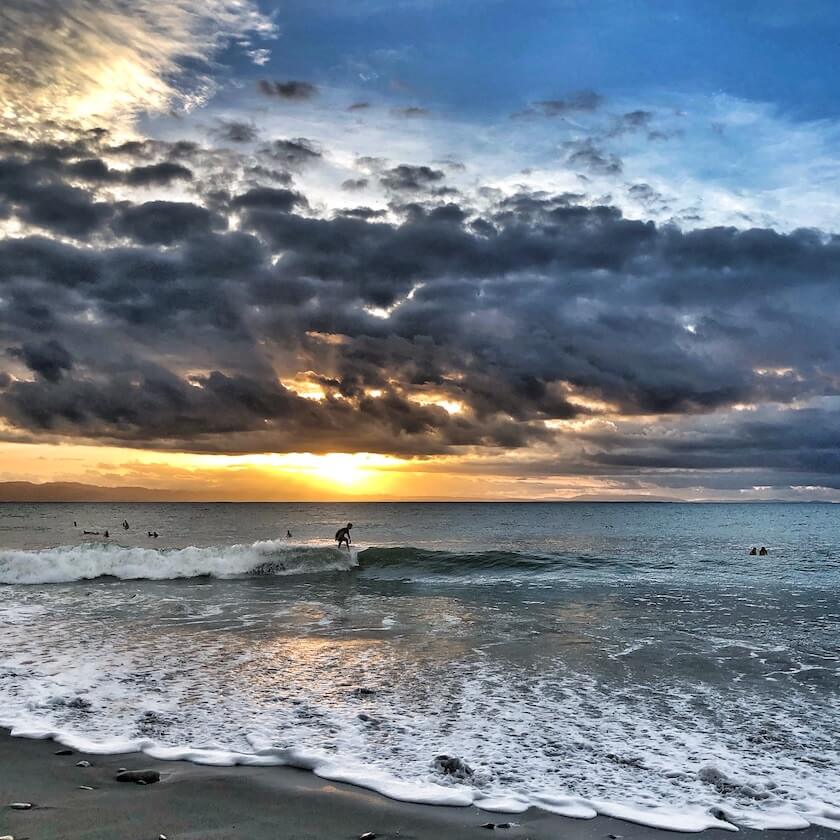
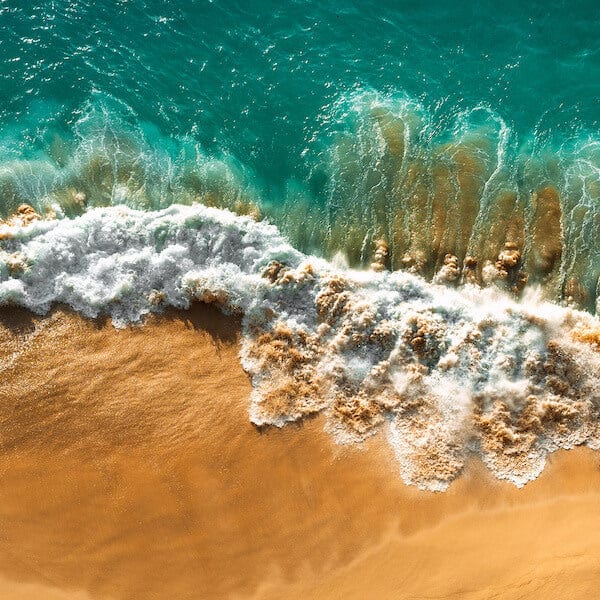
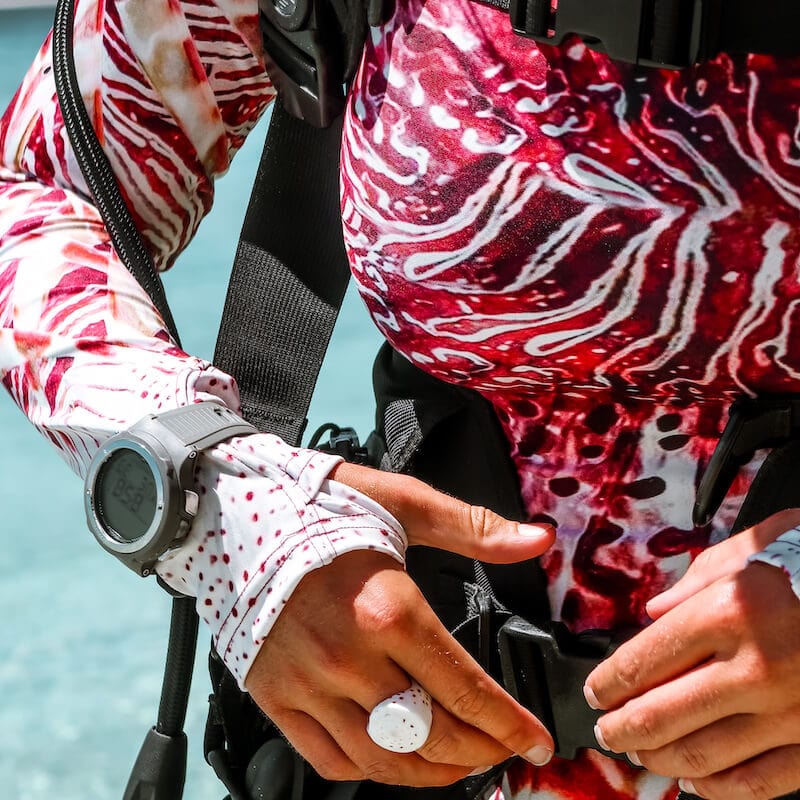
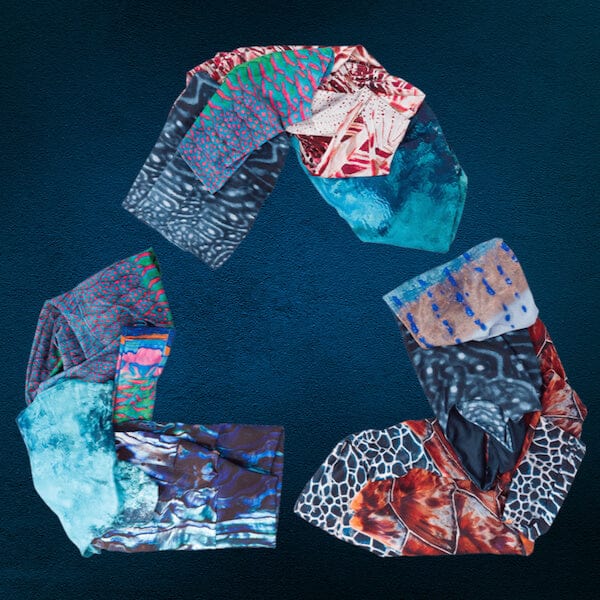
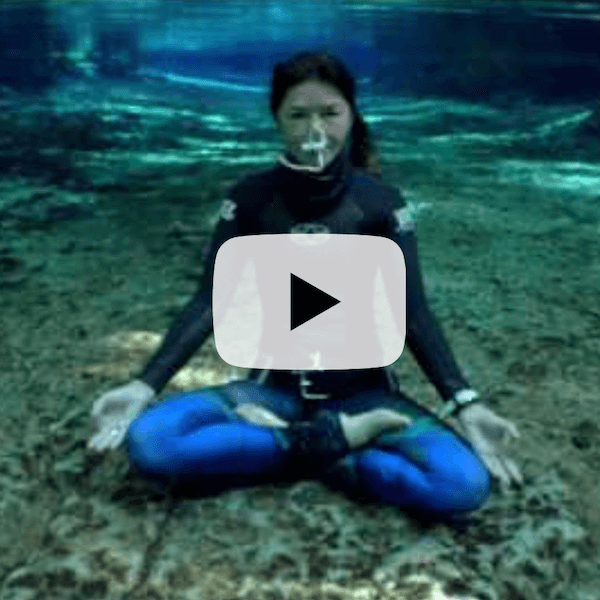
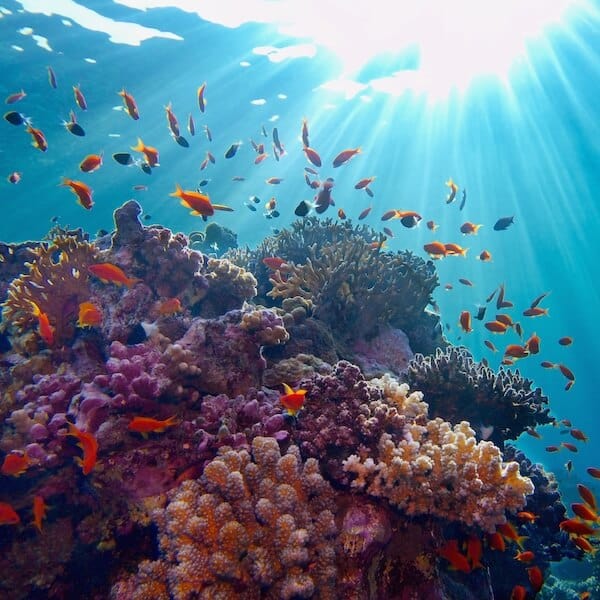
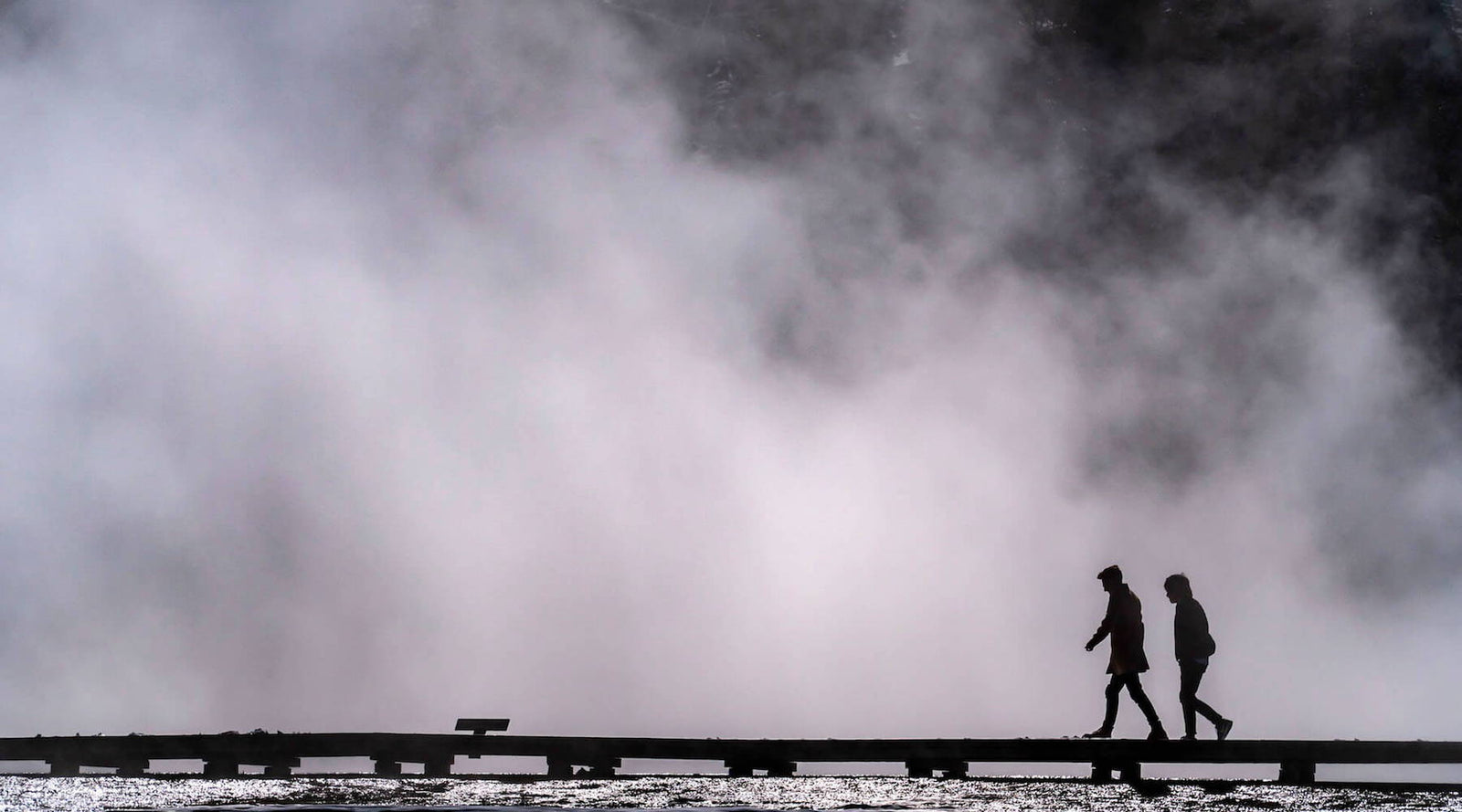
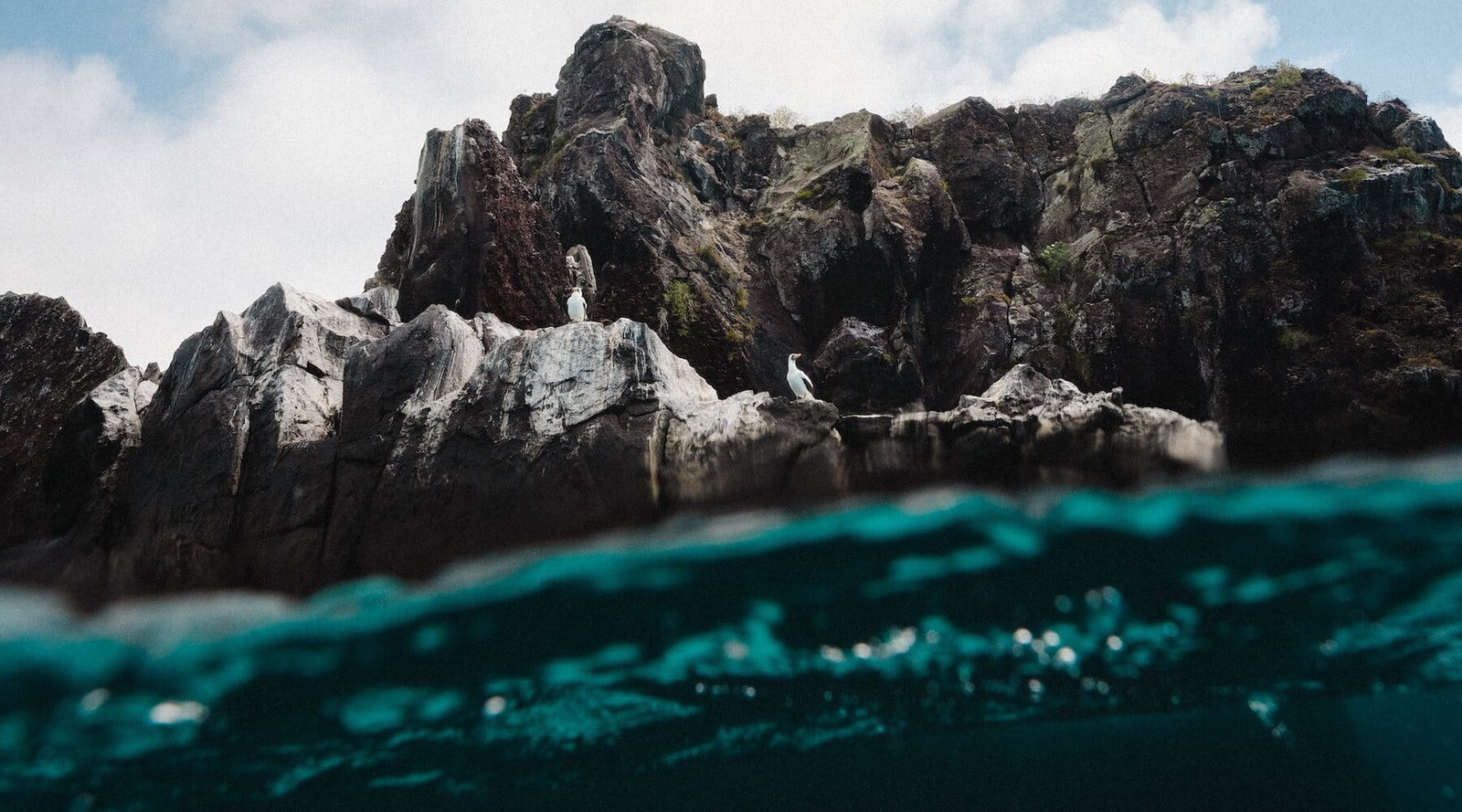
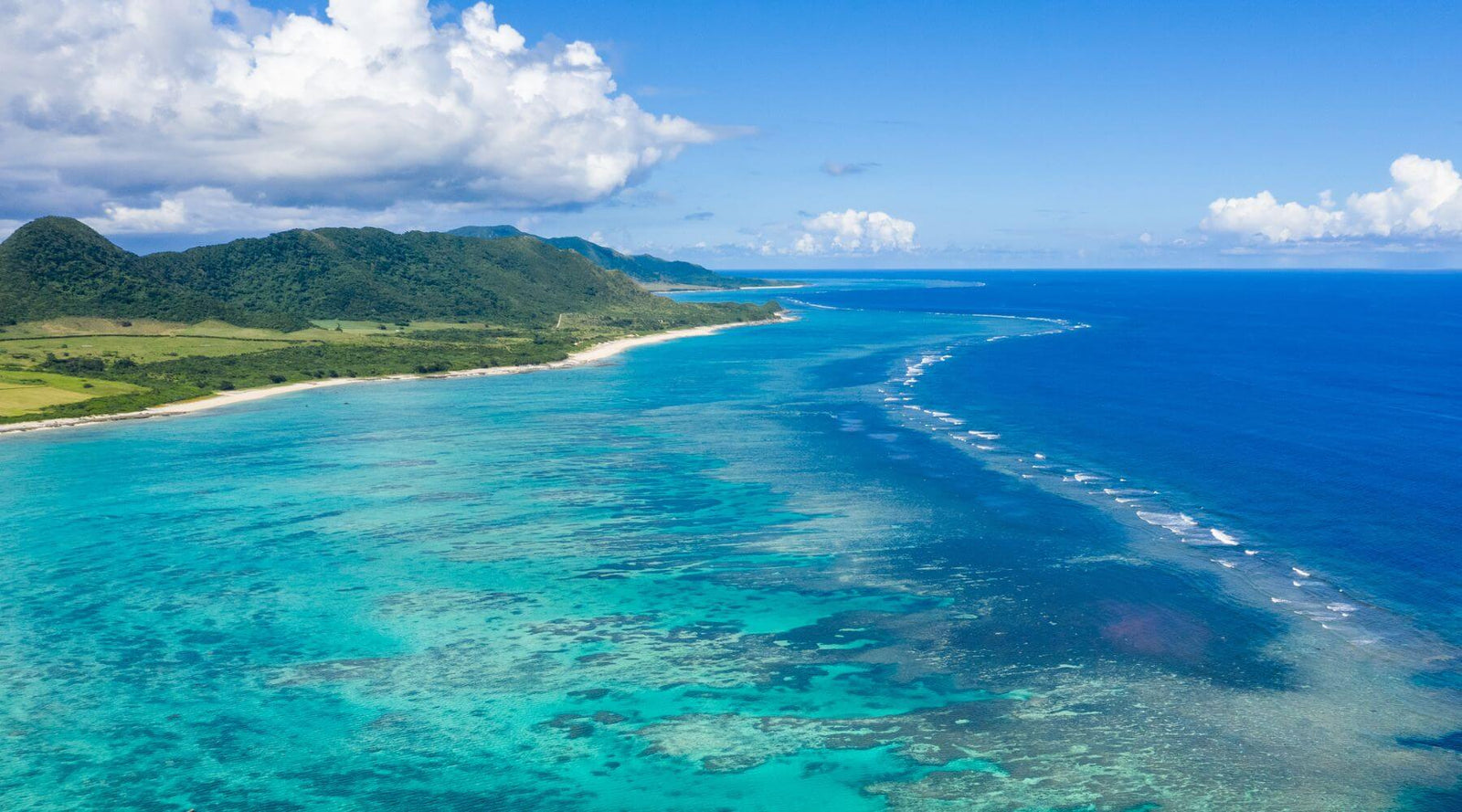
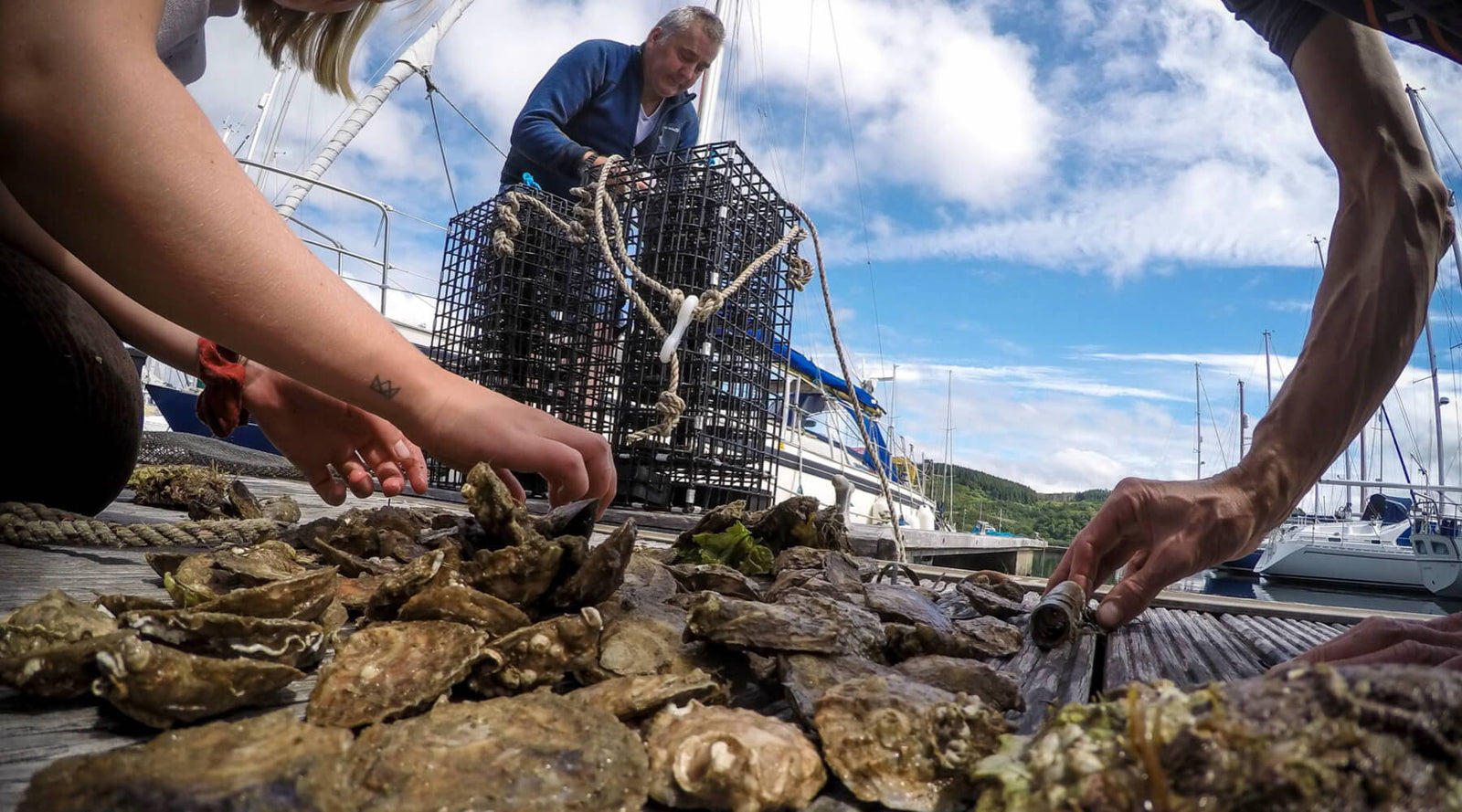
Leave a comment (all fields required)